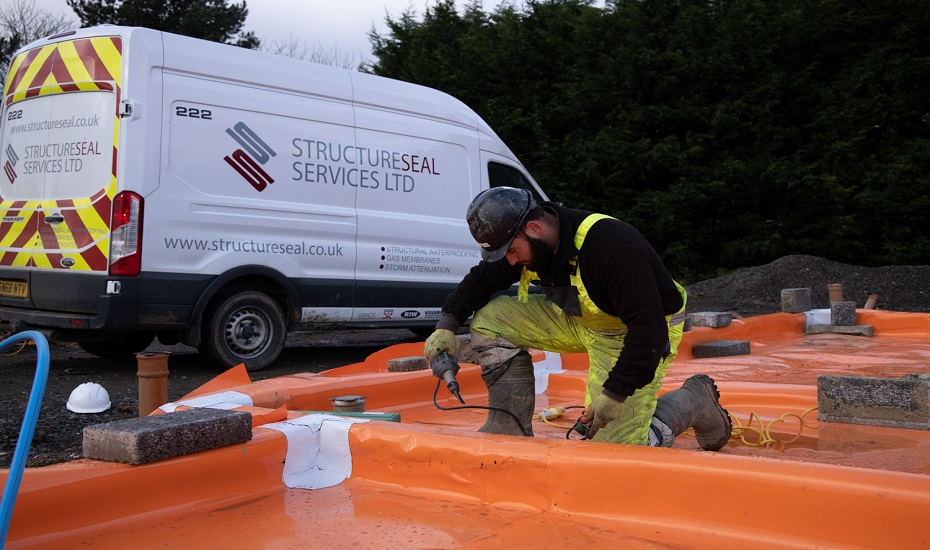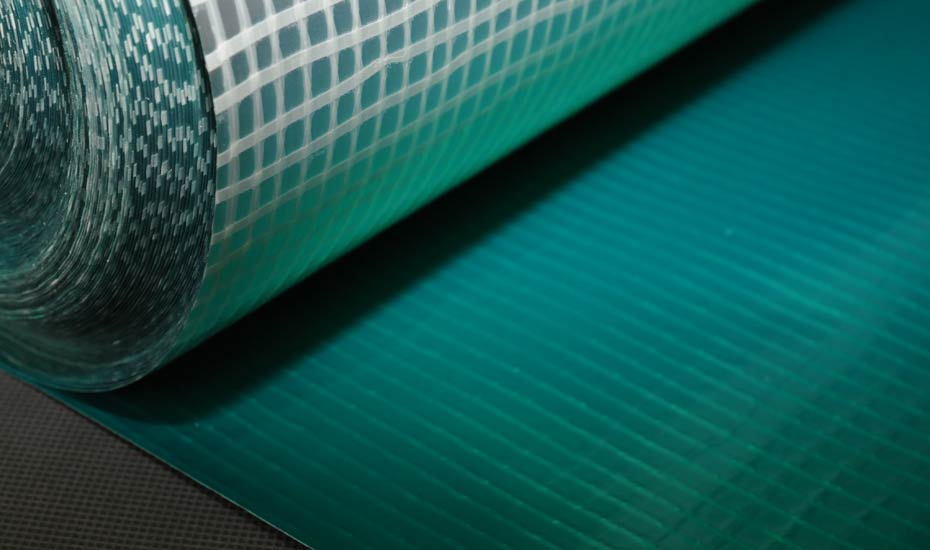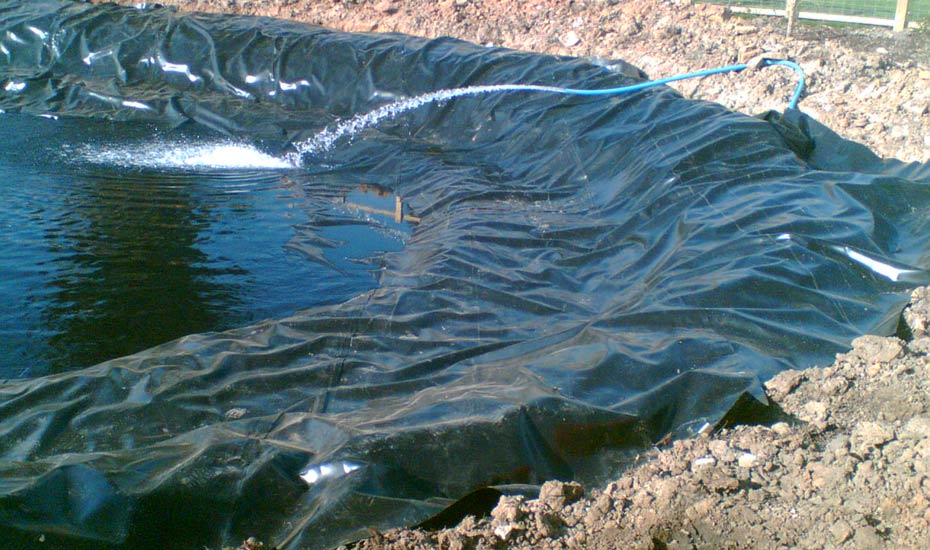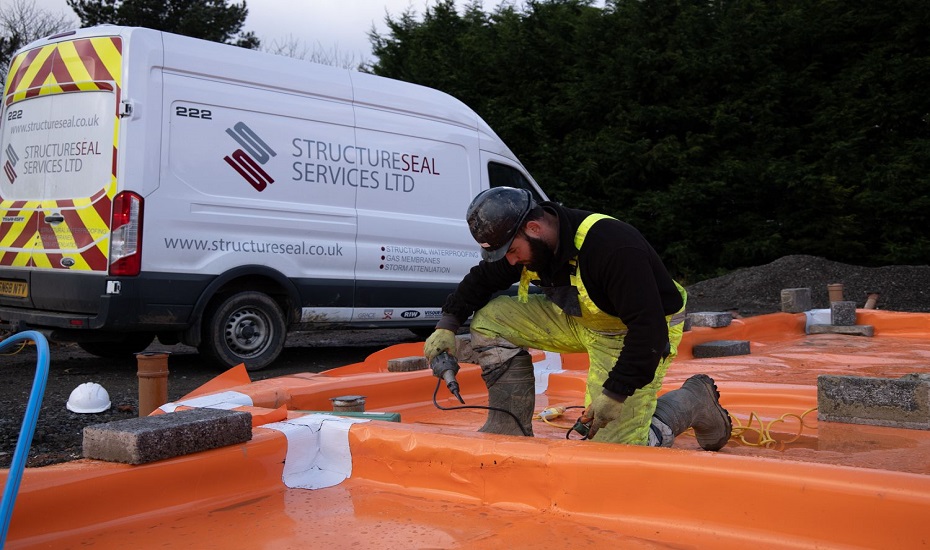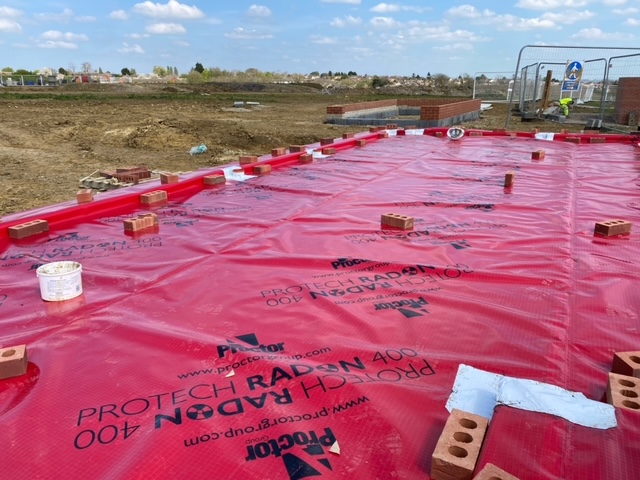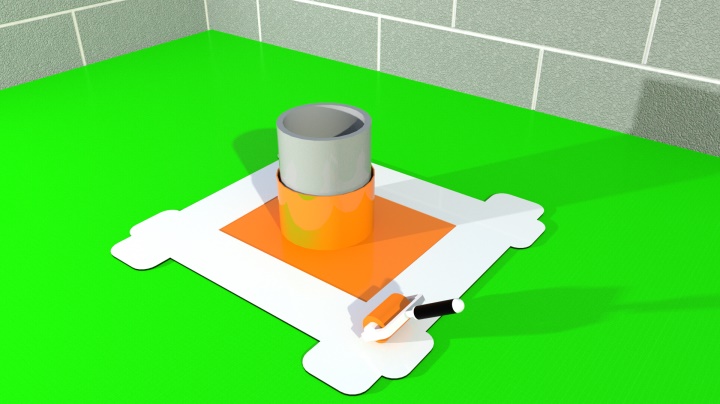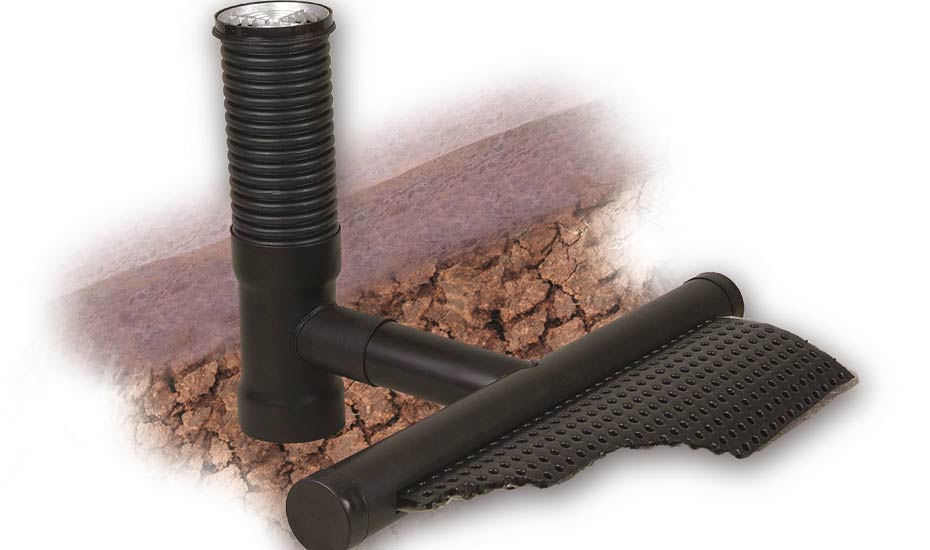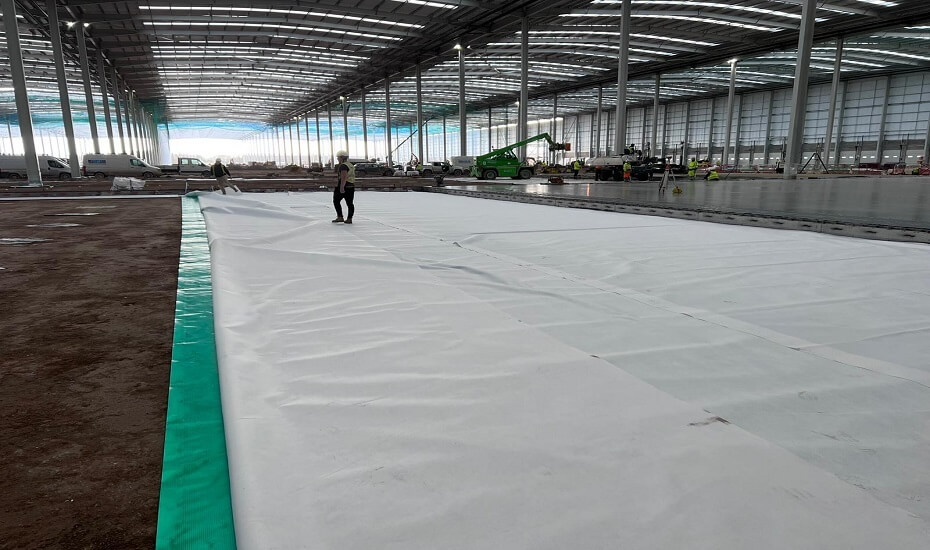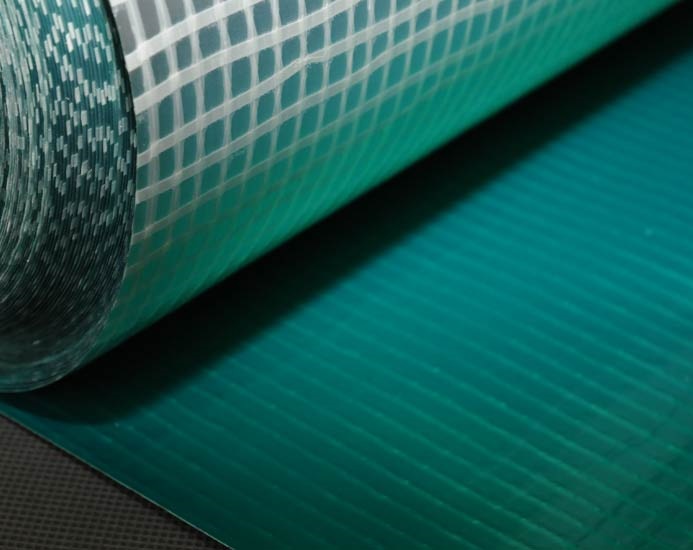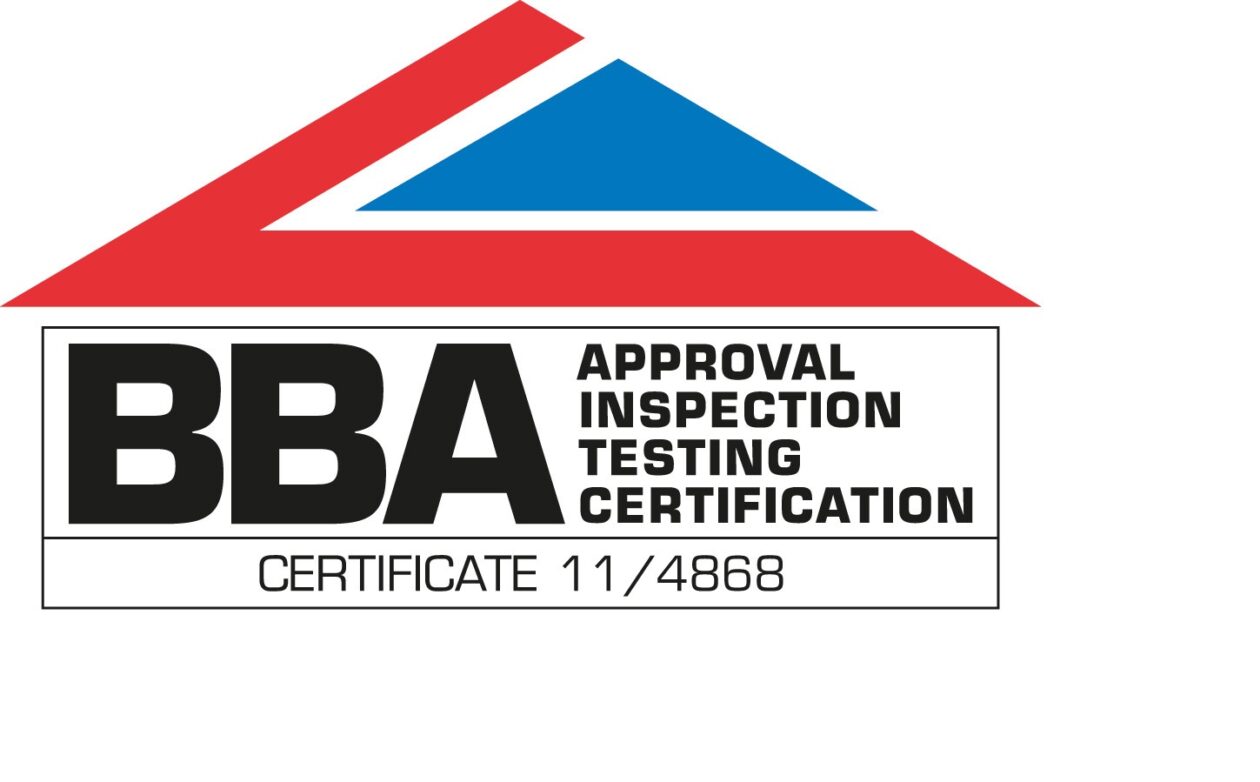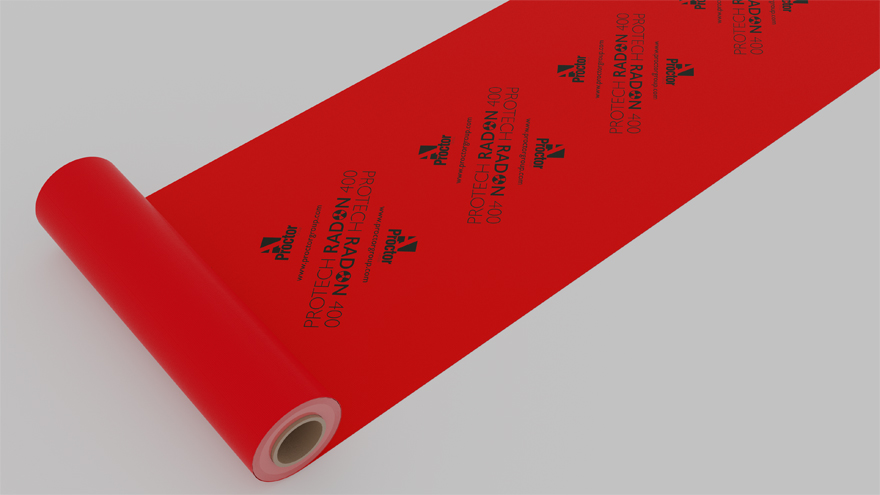Two recent examples can help highlight the crucial role of ground gas protection and how not getting it right the consequences can huge. The first example relates to a housing development built in 2009 at Gorebridge, Midlothian in Scotland. However, the ground gas problem didn’t emerge until four years later in 2013. This resulted in dozens of families being evacuated from Newbyres Crescent after potentially deadly carbon dioxide (CO2) leaked into their homes from old mine workings in proximity to the site. As a consequence, in 2016 all 64 houses on the estate were torn down. The legal battle is still ongoing to litigate those who were responsible.
A second example covers a development built in 2014. The estate adjoins a former landfill site, which had not been used for 40 years but the risk remained of methane gas being released from underground. The developer was required to fit a layer of membrane to prevent gas from escaping into the houses, but homeowners have no evidence that this was carried out. It was subsequently clear that the development had not been completed in line with planning permission requirements and final building compliance certificates had not been issued. One homeowner who had bought a home for £130,000 in 2014, later attempted to get the home revalued as part of a remortgaging process. When the documents were returned, an estimated value of £0 was returned as a result of the problem.
Guidance and legislation – What you need to know
Key guidance for methane and CO2 ground gas protection is available for developers in the form of BS8485:2015 + A1 2019.
BS8485:2015 + A1 2019 is the ‘Code of practice for the design of protective measures for methane and carbon dioxide ground gases for new buildings.’
Toxic, asphyxiating and flammable and potentially explosive ground gases can enter buildings and other structures on and below the ground. They variously pose potential risks to occupants and users, and the structures themselves.
The British Standard is to be used by designers of gas protection measures and by regulators involved in the assessment of design solutions. It recognizes that there are several factors which affect the sensitivity of a development concerning the effects of ground gas and which need to be considered. It also describes a range of design solutions available for different situations. It is recommended that specialist advice is obtained in the assessment of the ground gas data and at the risk assessment phase.
BS8485:2015 + A1 2019 provides recommendations on ground gas site characterisation and the choice of solutions for the design of integral gas protective measures for new buildings to prevent the entry of carbon dioxide and methane and provide a safe internal environment. It offers a process that can be used to demonstrate that risks posed by the potential or actual presence of carbon dioxide and methane have been addressed.
Protection in practice – Lime Kilns, East Calder
An example of good practice in ground gas protection specification is highlighted at a new development of two residential properties at Lime Kilns, East Calder in Scotland.
Prior to construction and in line with the guidance and legislation for brownfield site developments, an investigation of the site revealed the presence of historic VOCs, Methane and CO2. In full compliance with CIRIA C735 and the guidelines laid out in the British Standard 8485:2015 (+ A1 2019) and CIRIA C748, the chosen geomembrane, Protech VOC Flex from the A. Proctor Group was installed by the specialist gas membrane contractor Structureseal Services. As laid out in CIRIA C735 the VOC geomembrane was thermal heat welded and all joints air lance tested in accordance with ASTM D4437-08 2013 in conjunction with the third-party validation engineer. The thermal heat welded joints were carried out by approved NVQ Level 2 gas membrane installers, including the installation of the A Proctor Group’s Provoid 25 cuspated geocomposite subfloor venting blanket to form a passive dispersal layer in conjunction with Provoid ground mounted gully vents to the perimeter of the houses. This combined achieved a “very good performance” passive venting installation fully compliant with BS8485:2015 (+A1 2019) Table 6.
Martin Taylor, Commercial Director of Structureseal Services commented, “we have successfully used Protech VOC Flex on several VOC vapour protection projects. It offers high-performance protection in compliance with CIRIA C748, is extremely robust and has many benefits. One of these being that when the geomembrane is folded the product has “memory”, which enhances the speed, finished appearance and quality of the overall installation. Protech VOC Flex is a 6-layer flexible proprietary reinforced VOC gas barrier suitable for use on brownfield sites that require protection from dangerous contaminants.”
The manufacturer’s design and specification advice allowed the project at East Calder on behalf of Concept Completed, to achieve a fully compliant design for ground gas protection measures. Developers, specifiers and contractors should consult closely with manufacturers to access technical expertise include CAD detailing and project-specific recommendations utilising the latest guidance and ensure compliance with current legislation and standards including BS8485:2015 (+ A1 2019) and CIRIA C748. This approach, complete with a full range of site investigation reports and gas monitoring results will ensure full compliance and the correct product selection.
Request a Sample
Technical Advice
CAD Detail Review
U-Value Calculation
Book a CPD
Specification Check
